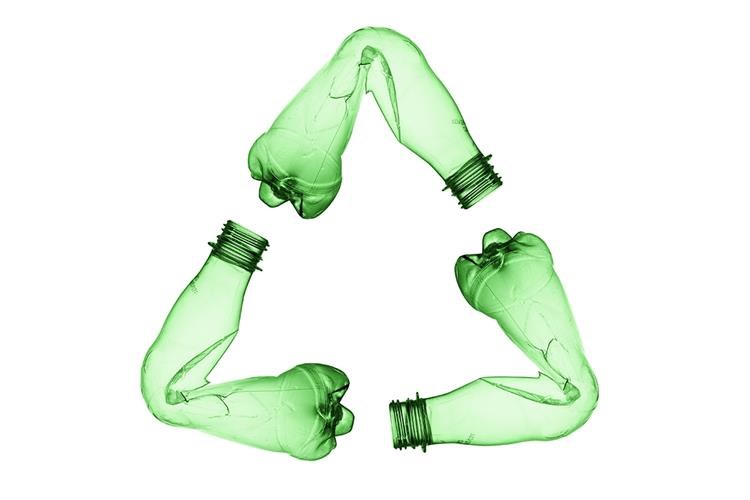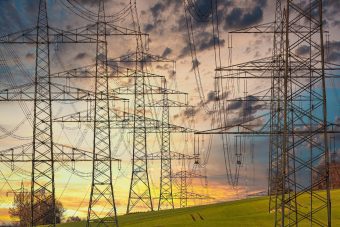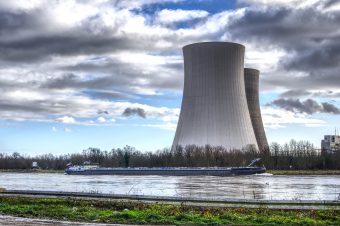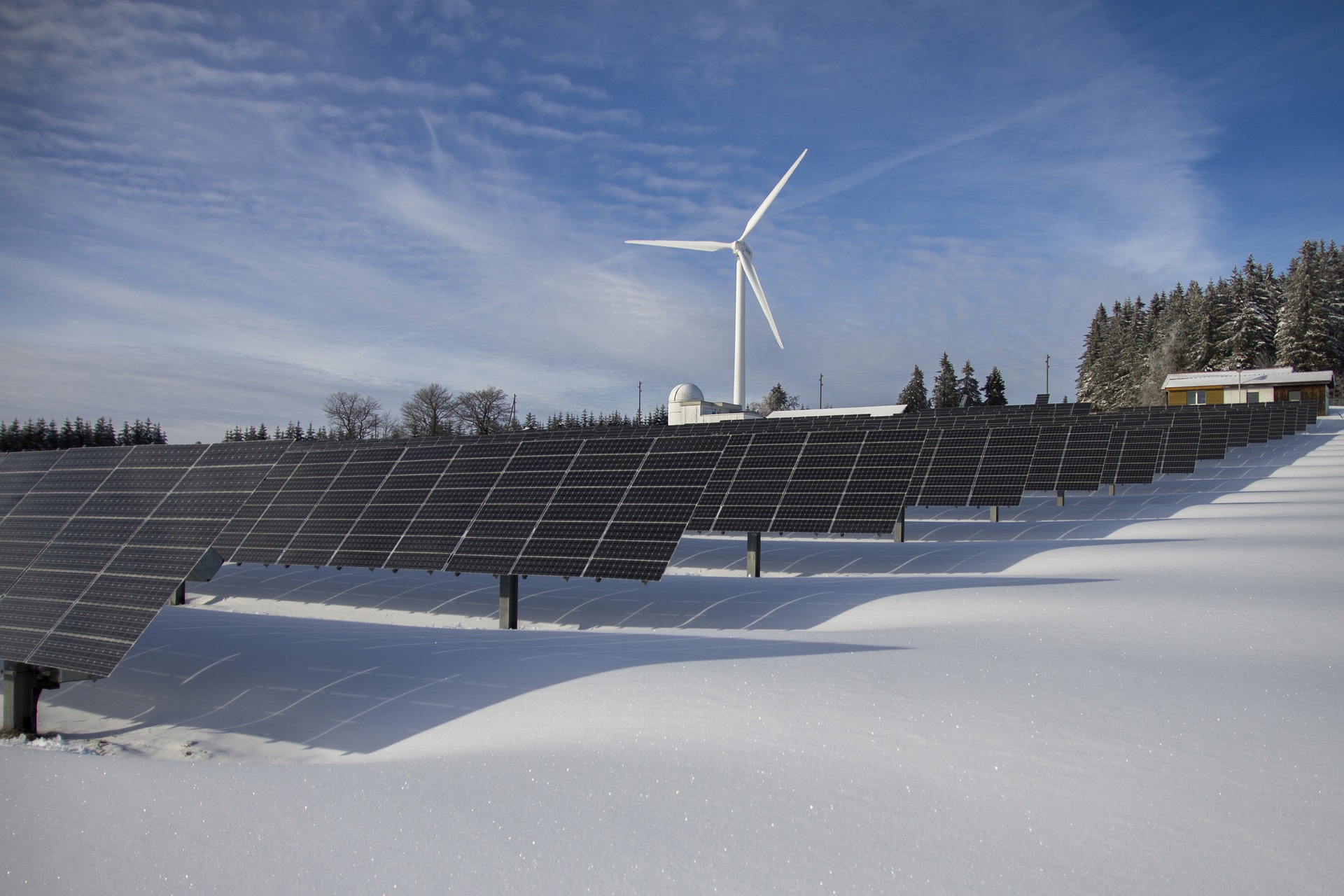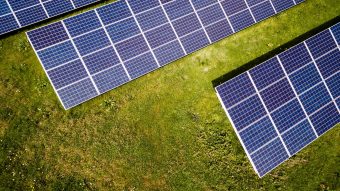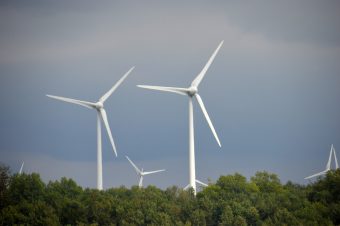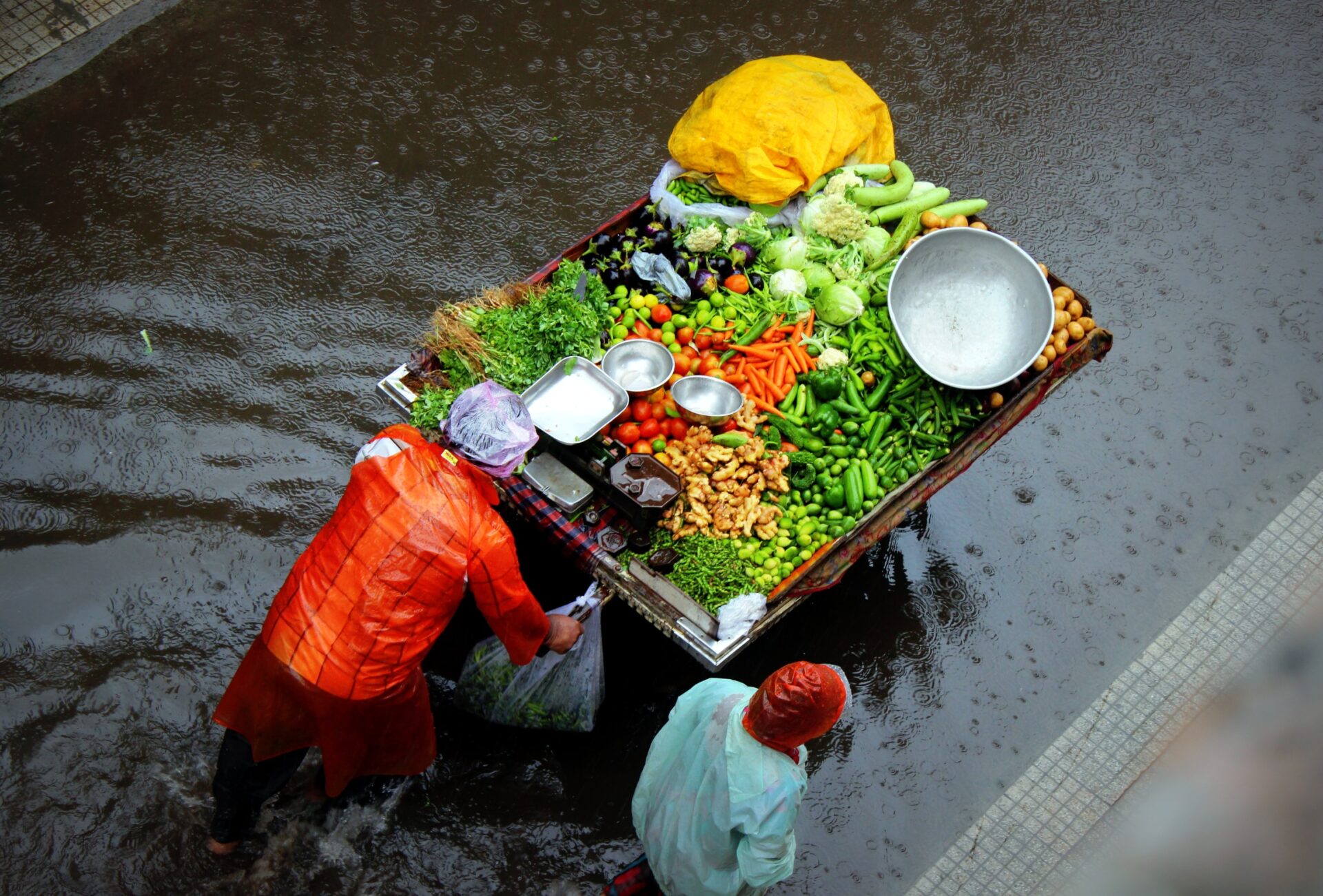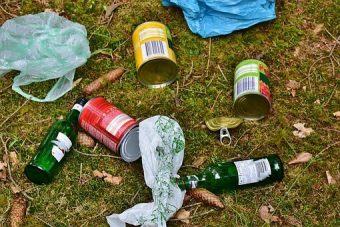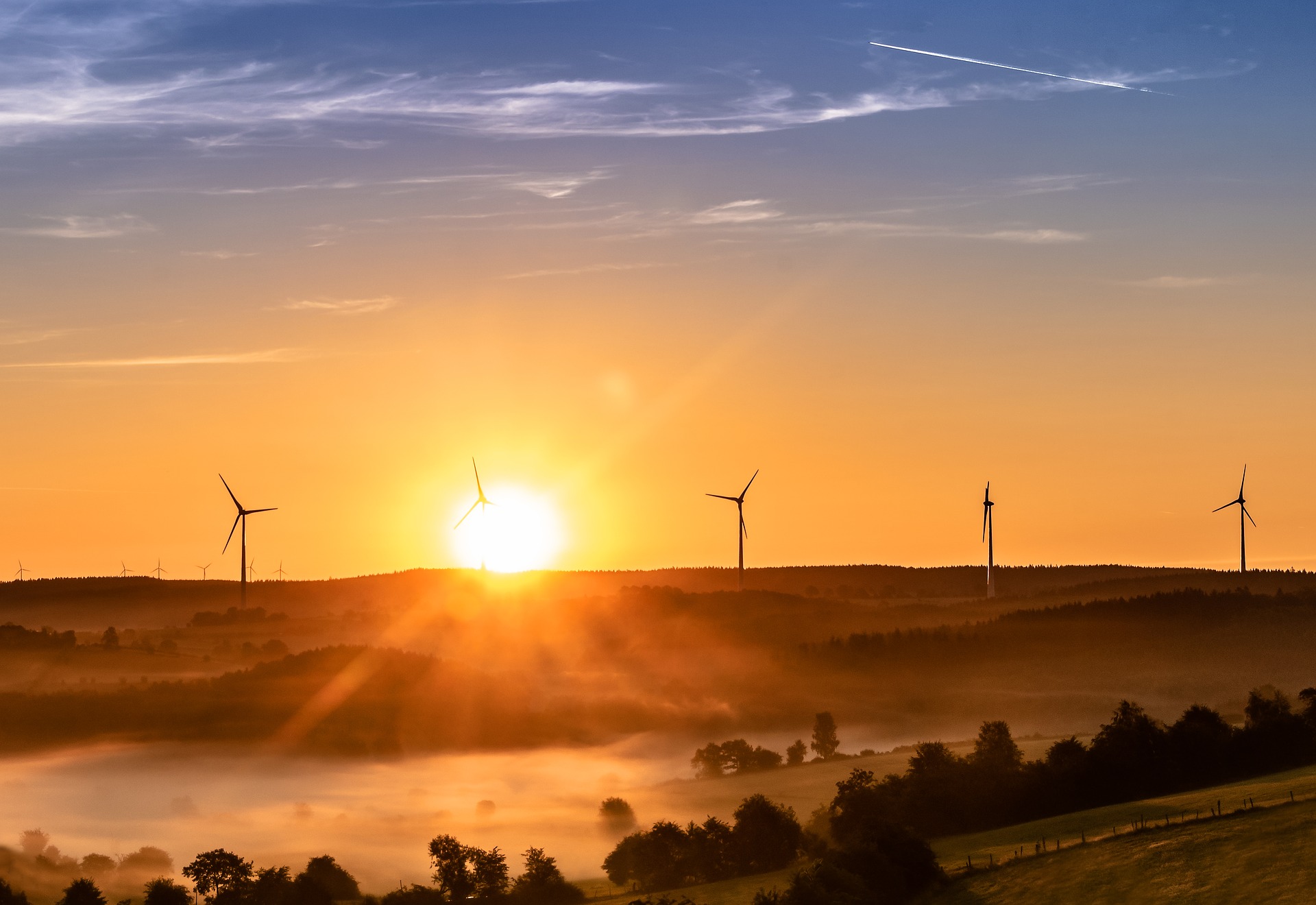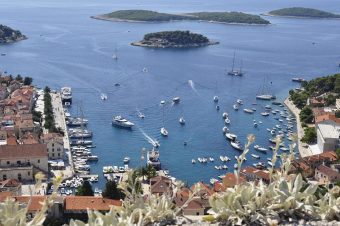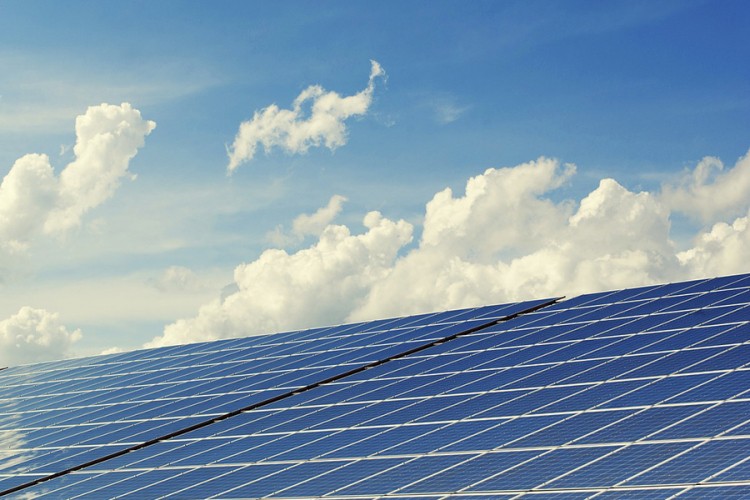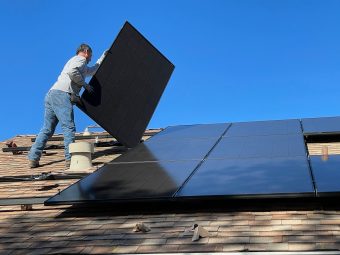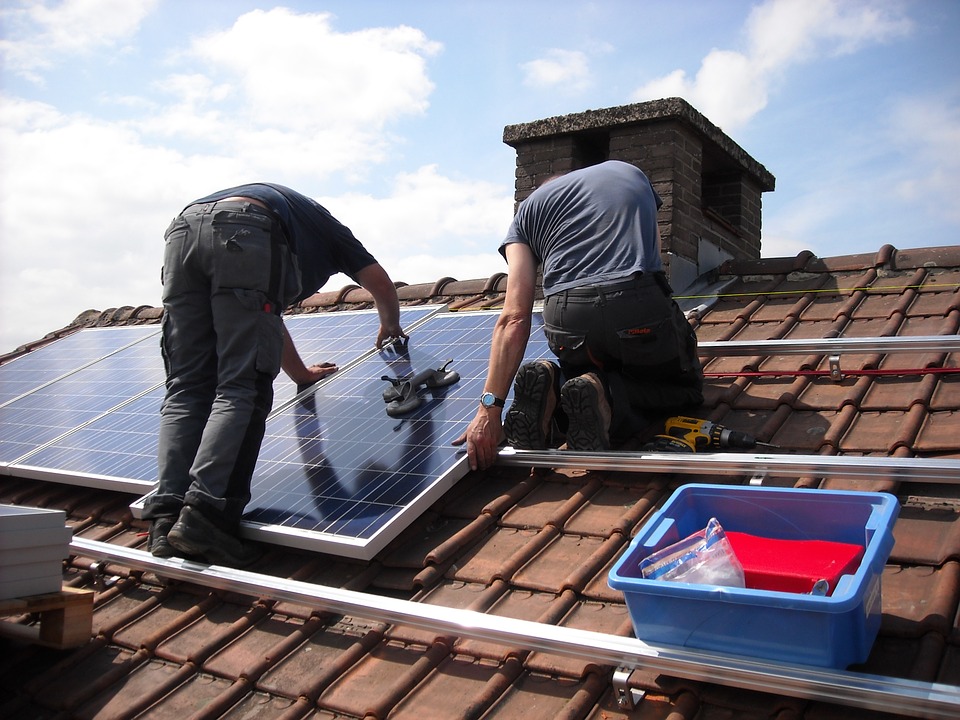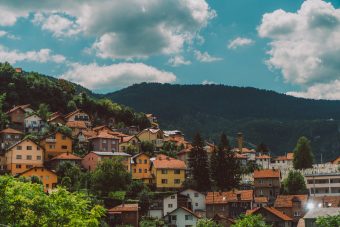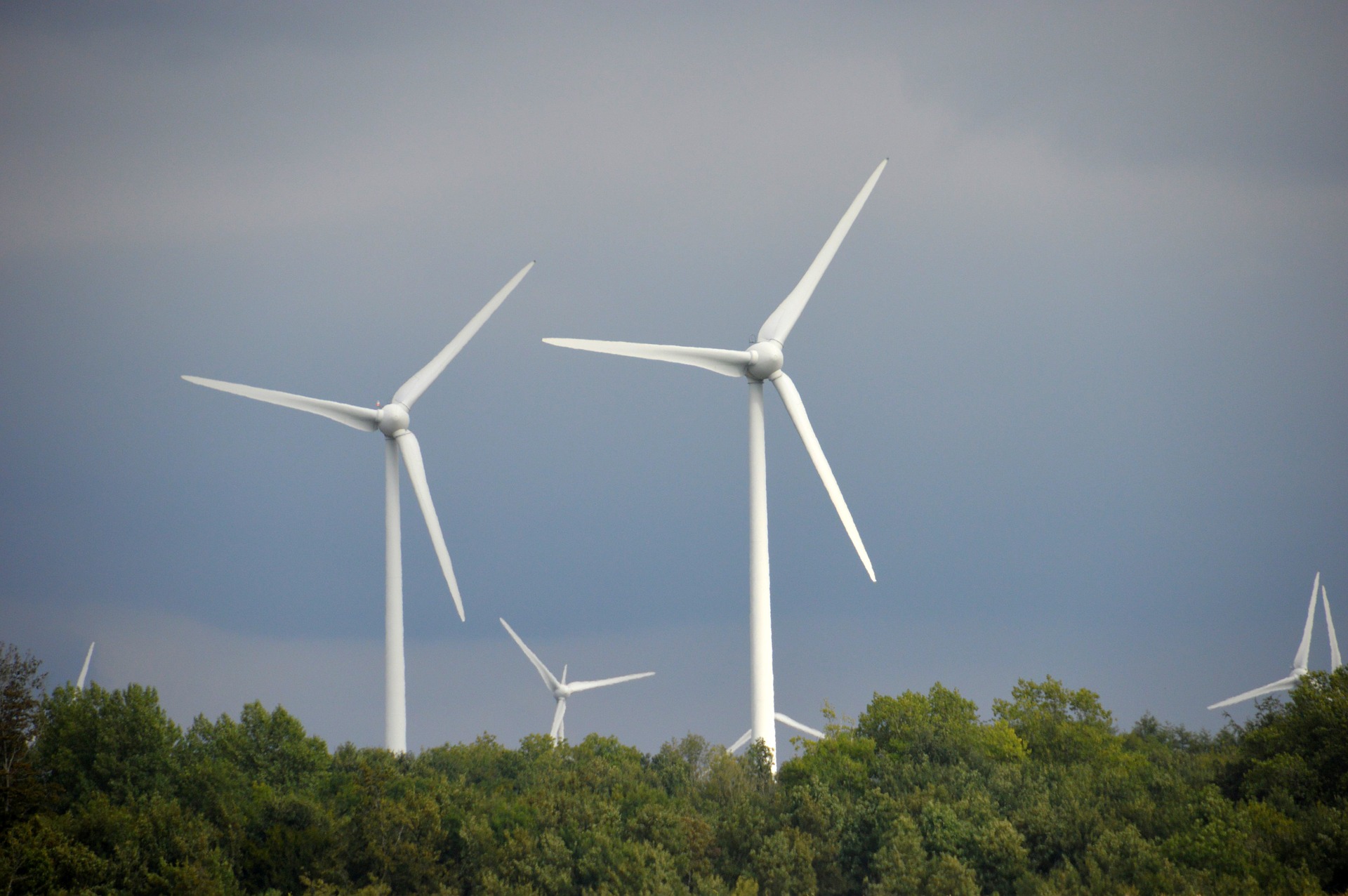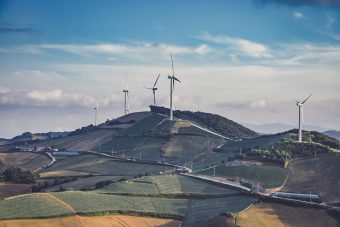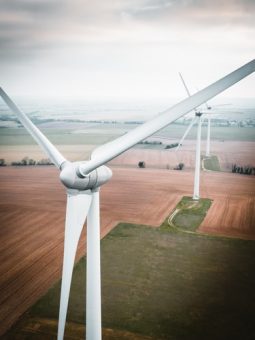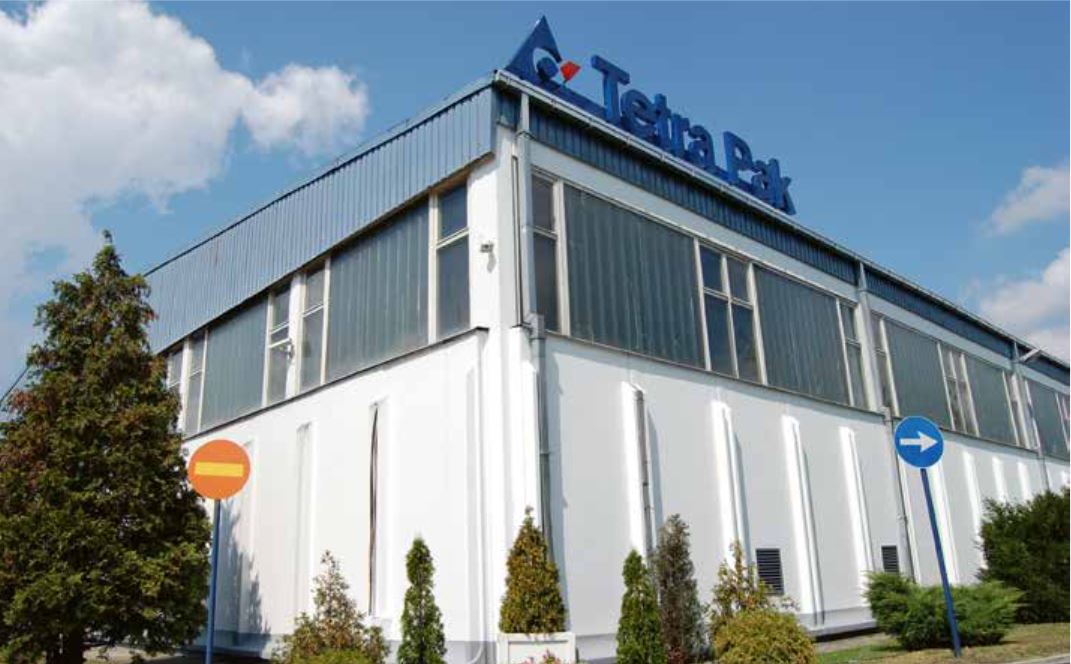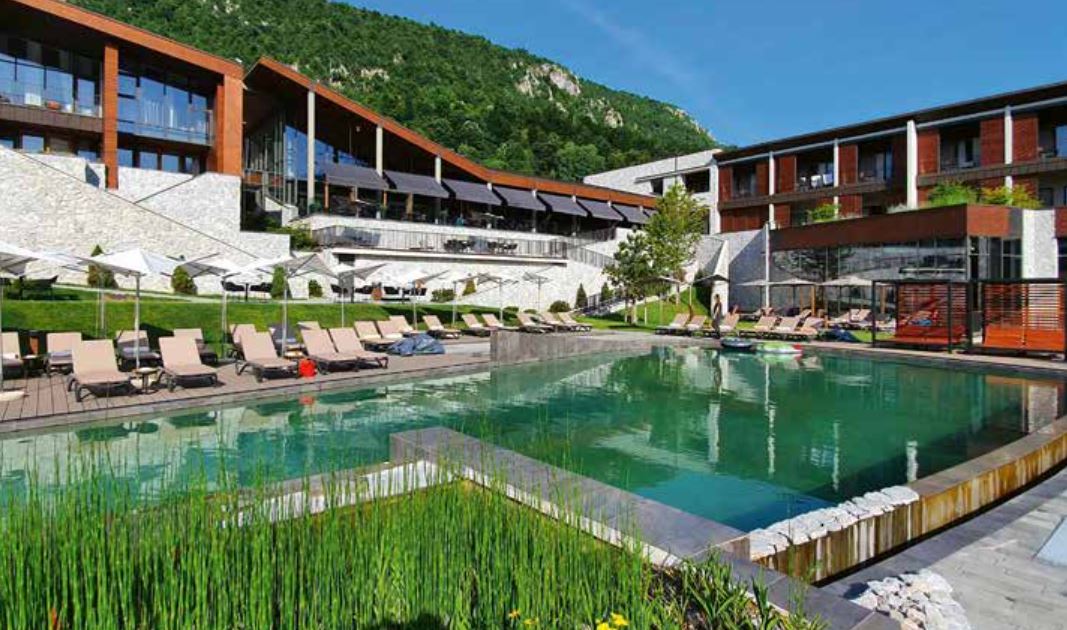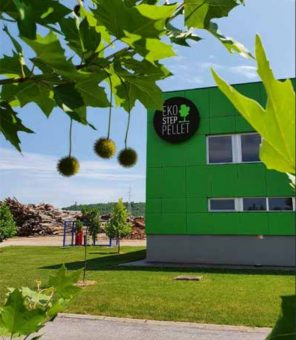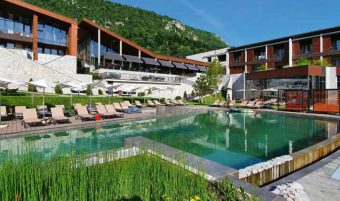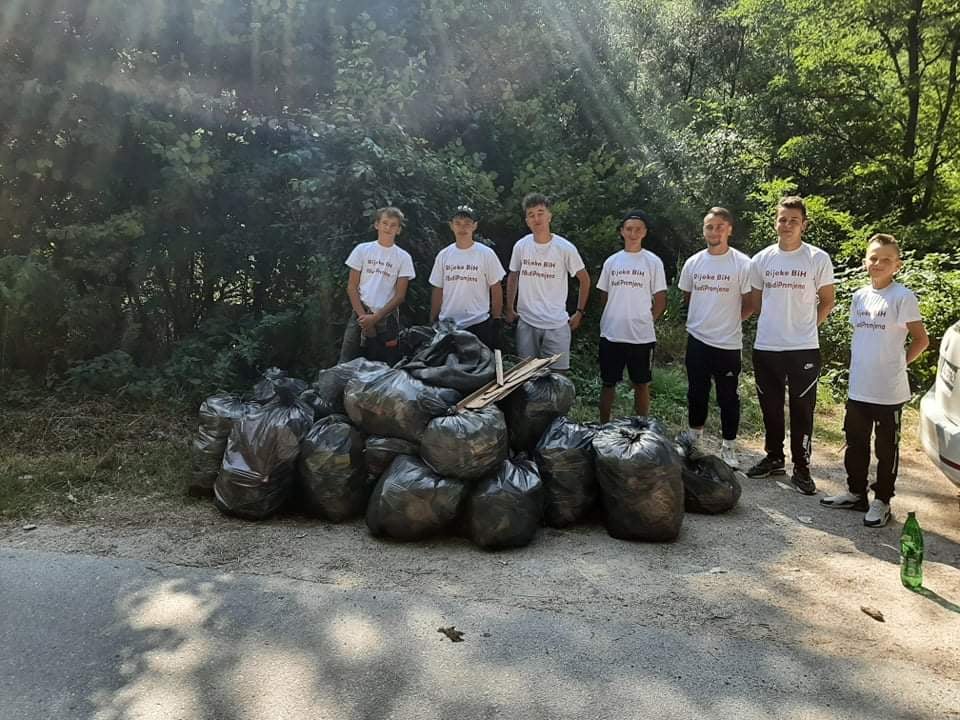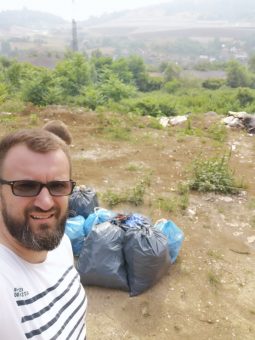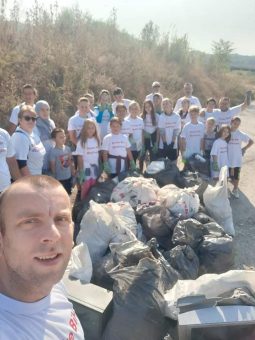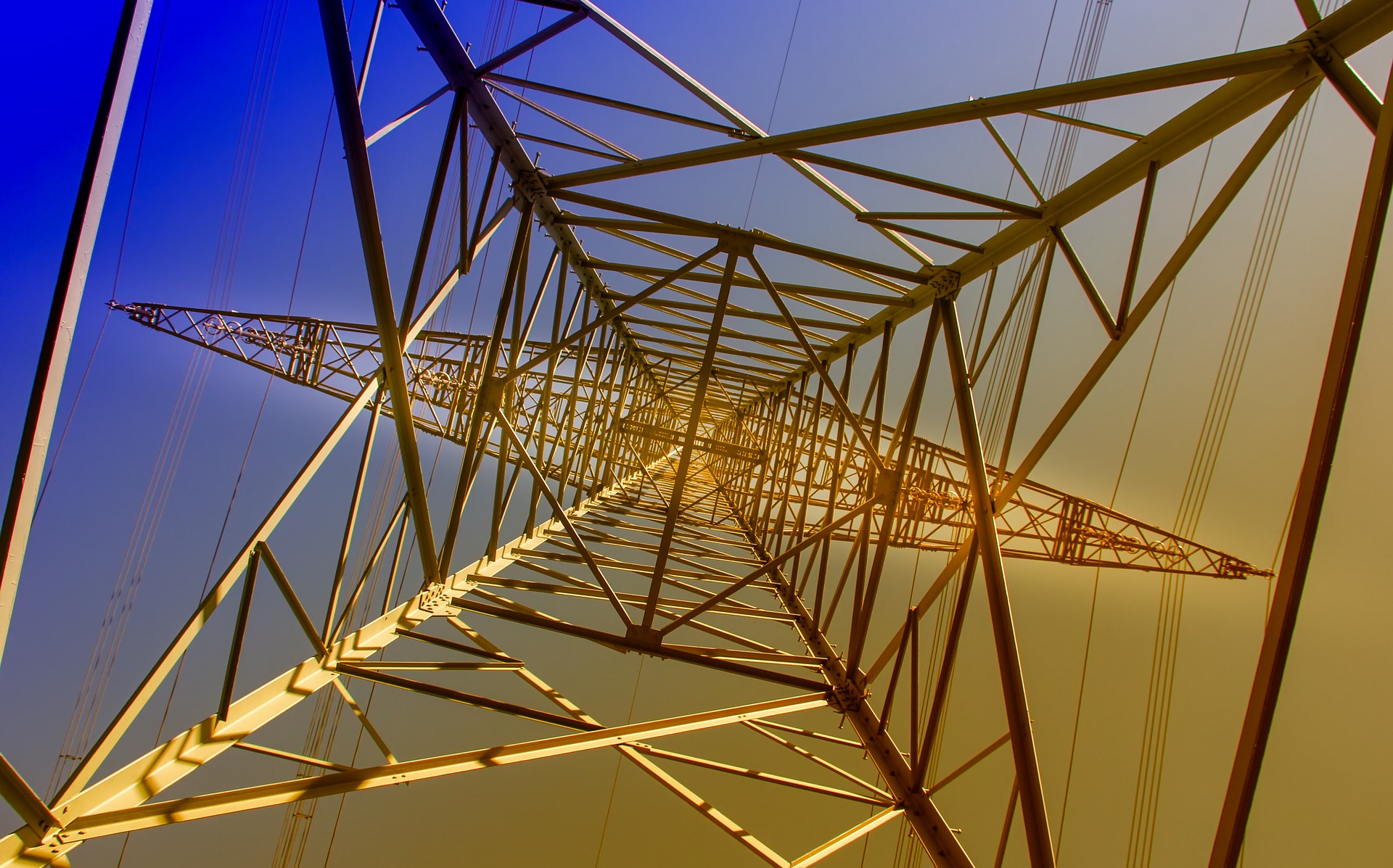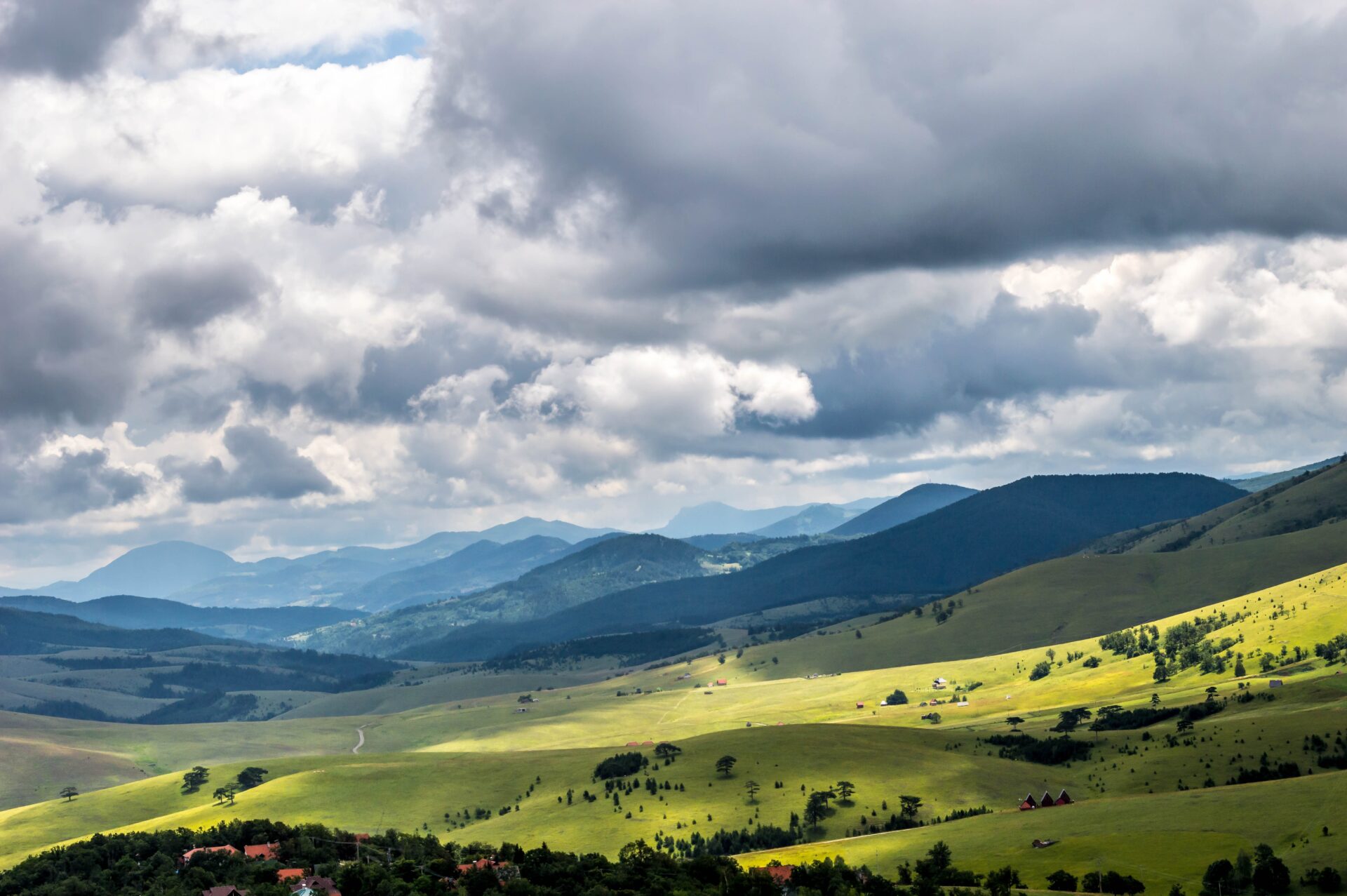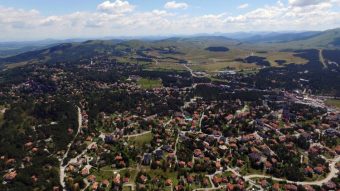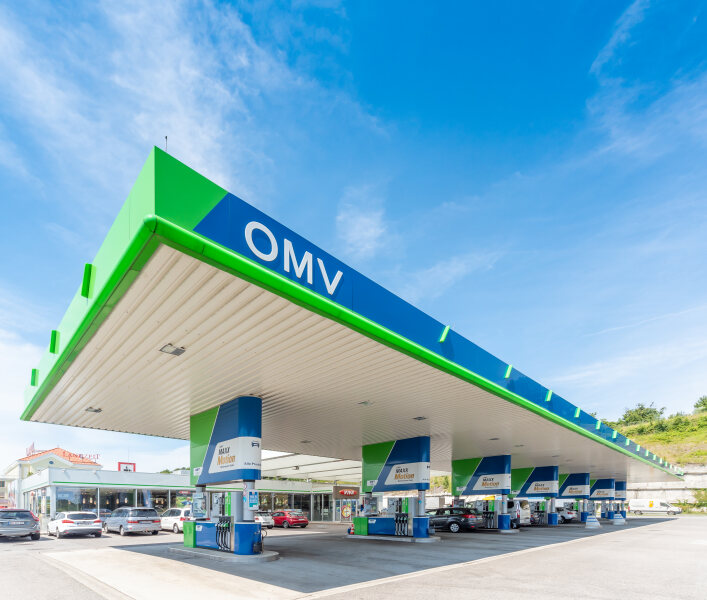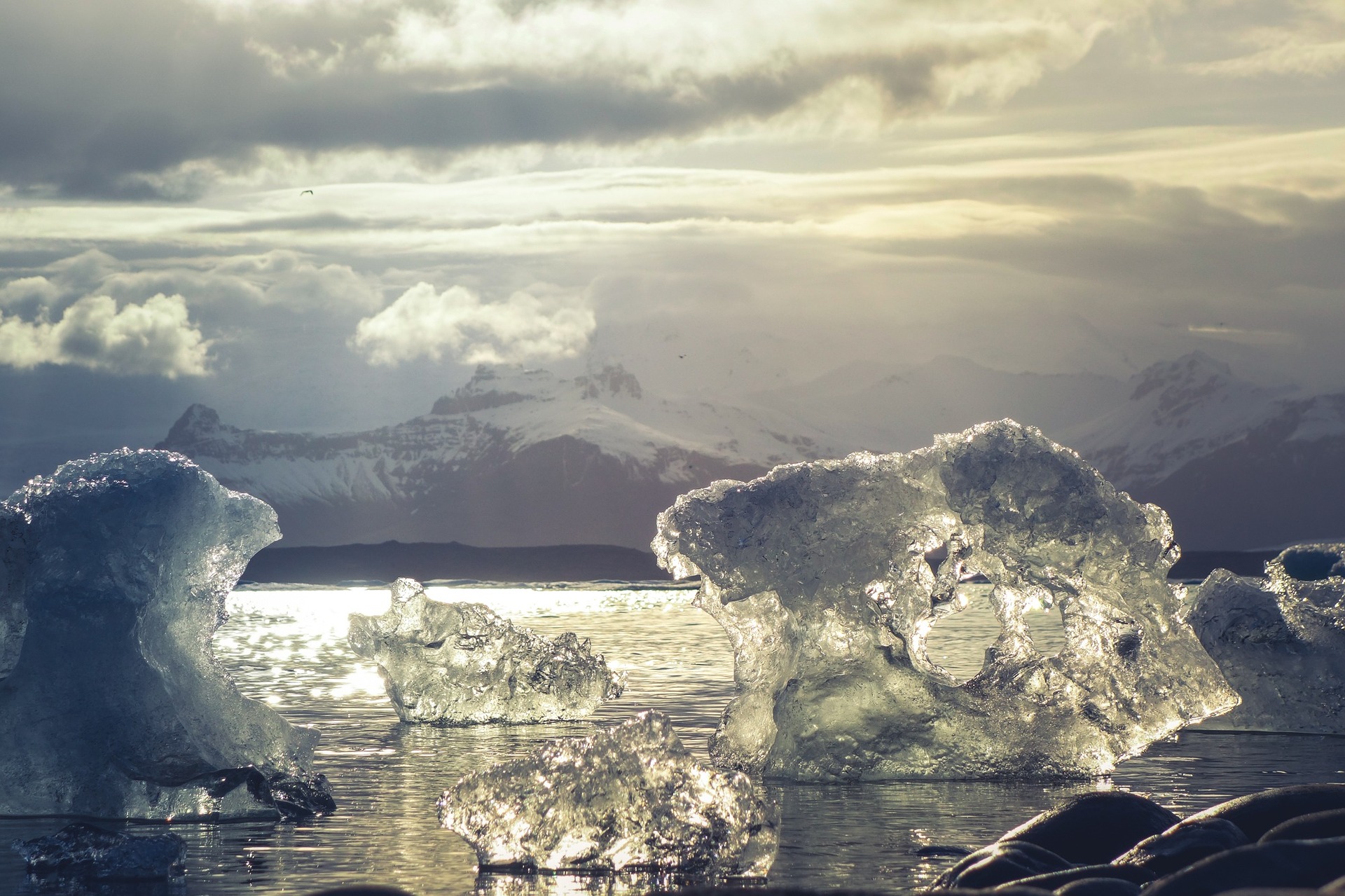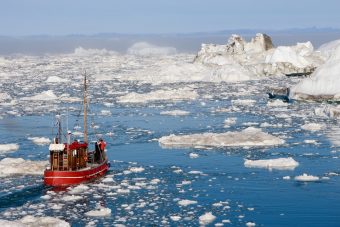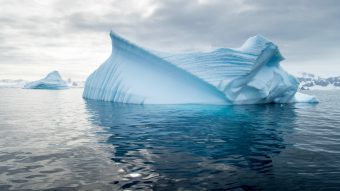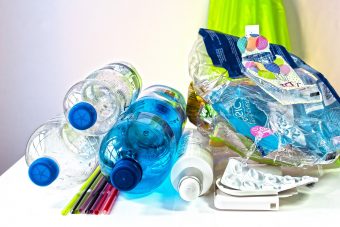
There are two sides to everything – and that goes for plastics, too.
Let’s start with the positive side. Plastics shape and facilitate the whole of modern life. They are found in everything from smartphones to shoe soles, in spectacle lenses and mattresses, in footballs and fridges. What is more, plastics are a key part of our efforts to create a truly sustainable world. Without them, no windmill turns, no electric car drives, and houses would consume much more energy. Water would seep away, and much of the harvest would not be available to feed the growing world population.
It’s understandable, then, that plastic is such a sought-after material. Currently, around 370 million tons are produced worldwide per year – and experts expect consumption to triple again by 2050.
Now to the less positive side. This demands clear words and open ears. Plastics are not only part of the solution, they are also part of the problem – for the moment, at least. This is because they contribute to the triple crises that our planet and humanity are facing: climate change, the depletion of natural resources and the destruction and pollution of the environment. This has to do with the way plastics are currently produced, and how consumers deal with them.
The present: plastics from crude oil
The chemical and plastics industries account for around 7 percent of global greenhouse gas emissions. By 2030, this could reach a level equivalent to around 300 new coal-fired power plants. Closely related to this is the topic of resource: we make plastics by taking crude oil out of the ground and processing it. This accounts for 4-8 percent of our annual global oil consumption. By 2050, according to experts, growing demand for plastics could push this figure as high as 20 percent.
More:
And as useful as plastics are, they are normally discarded after use or simply thrown away. Between 1950 and 2015, a whopping 80 percent of plastic waste ended up in landfills or in the environment. Worldwide, only around 15 percent of the plastic produced is recycled annually. By the way, this does not apply to plastic alone. Of the approximately 100 billion tons of material in circulation globally, only 8.6 billion are recycled. In other words, the world is only 8.6 percent circular.
And now we are at the very heart of the problem. Because we have a system that isn’t in line with our times. Actually, it had a flaw from the beginning. Here too, I see three key aspects. Point one: exponential growth. The prevailing economic order has the “more” as the principle: more consumption, more production, more use of resources. Secondly, obsolescence: consumption and products are designed for short lives and replacement. They should not last long, but break, become outdated or go out of fashion. And thirdly, as already mentioned, climate intensity. Our everyday lives and industrial processes are still predominantly based on fossil fuels and fossil energy, releasing billions of tons of greenhouse gases.
The future: plastics from renewable sources
The way out of the dead end is a system change – ditching the linear economy for the circular economy. In particular, this holds true for the plastics industry. And here we are again on the positive side. Because the ideas, solutions and practical approaches needed to produce climate-neutral plastics in this way already exist. The crucial point is the central building block of plastics: carbon. We must extract it from sources other than crude oil. Rather, we must take it from renewable raw materials: waste, biomass and even CO2.
Read the whole article HERE.
Source: World Economic Forum


